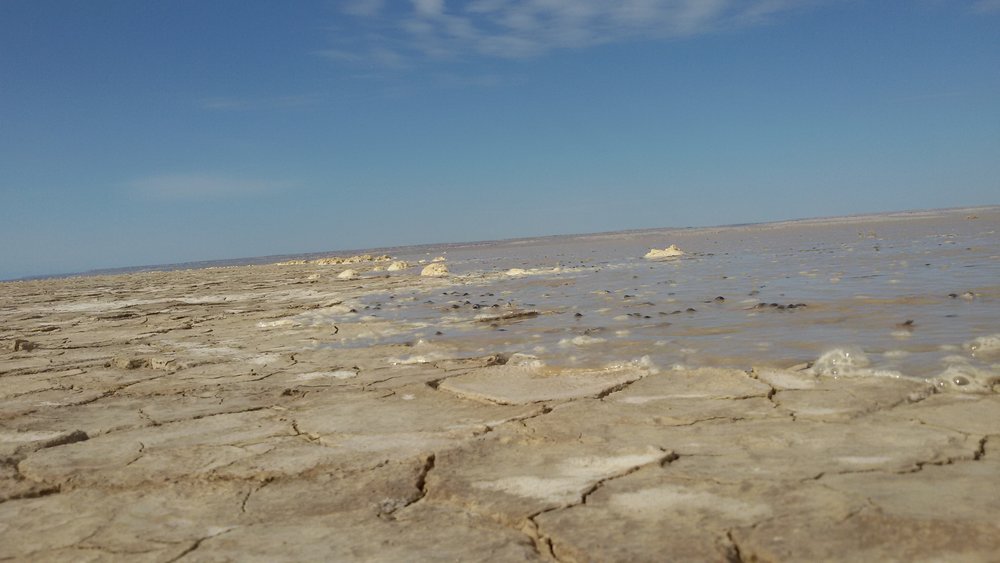Iran plans to use biotechnology to address SDSs at Hamoun wetland

TEHRAN -- The threat of sand and dust storms (SDSs) at Hamoun wetland can turn into an opportunity through science and technology solutions, said Mohammad Ali Latifi, the head of biotechnology headquarters at science and technology vice presidency.
Latifi made the remarks during a meeting with an expert team mulling over sand and dust storms at Hamoun wetland on Saturday in the southeastern city of Zabol, Tasnim reported.
Conducting surveys in universities to respond to this predicament is very important, he said, adding that the elite should join hands to mitigate the problem sand and dust storms using the national and international experiences.
He further suggested establishment of an executive committee to resolve the problem of sand and dust storms in the country.
The Hamouns are transboundary wetlands on the Iran-Afghan border made up of three lakes: Hamoun-e Helmand, which is entirely in Iran, Hamoun-e Sabari on the border, and Hamoun-e Puzak, almost entirely inside Afghanistan. The three lakes are linked and fed by water from the Helmand River which starts in the Hindu Kush Mountains in Afghanistan.
When droughts occur in Afghanistan, or the water in watersheds that support lake is drawn down by other natural or human-induced reasons, the end result is a dry lake bed in Iran. In addition, when the lake is dry, seasonal winds blow fine sands off the exposed lake bed and give rise to crippling sand and dust storm in eastern and southeastern parts of Iran.
The sand is swirled into huge dunes that may cover a hundred or more fishing villages along the former lake shore. Wildlife around the lake is negatively impacted and fisheries are brought to a halt. Changes in water policies and substantial rains in the region hope to affect a return of much of the water in Hamouns. However, for the past few years the wetlands condition has only gotten worse.
Academic surveys will be very effectual to solve the problem hence University of Zabol should focus on this issue, he said.
He also highlights the important role of elites in finding solution according to international models.
According to the Atlantic Council (an American think tank in the field of international affairs) disputes over water between Iran and Afghanistan date back to the 1870s when Afghanistan was under British control.
In an exclusive interview with the Tehran Times published in October 2017, Afghanistan's Ambassador to Iran Nasir Ahmad Nour explained that Afghanistan has always adhered to the agreements stating the water right of the two countries. The ambassador also stated that all these times the water have been flowing into Iran and the fact that Hamoun is still dry has nothing to do with Afghanistan and Iran must look into the problem and find the reasons for the lake dryness inside the country.
SB/MQ/MG
Leave a Comment